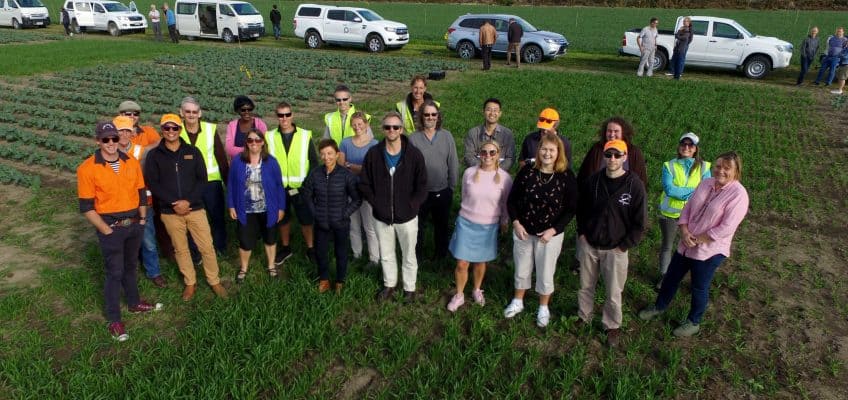For PNZ NZ Grower: June 2021 Issue.
Sustainable Vegetable Systems Program progressing despite a year of pandemic disruption.
Problem Recognition
The government has identified NZ Freshwater as needing better management and stewardship.
One of the contributors to freshwater quality issues is nitrate leaching.
Vegetable Production & Opportunity
Nitrogen is a crucially important component for all life. It is needed to make chlorophyll in plants, which is used in photosynthesis. Vegetable growers use nitrogen in the form of fertilisers to produce food.
Microbial processes in the soil are important for making nitrogen available to plants, but ca also produce nitrous oxide. Nitrogen in excess of plant demand can leach from soils into waterways, causing algae growth and resulting in oxygen depletion for other water species. An additional problem can occur during nitrification and denitrification. When the chemical process is not completed, nitrous oxide (N2O) can be formed. This is of further concern, as N2O is a potent greenhouse gas contributing to global warming.
Although the Sustainable Vegetable Systems (SVS) project is focussed on outcomes for grower nitrate management, which will indirectly improve freshwater, there may be beneficial outcomes also enabling industry to meet Government emission targets in the not-too-distant future.
(He Waka Eke Noa the partnership between Government, Māori and the Primary Sector is addressing the goals for reducing Green House Gases. All Primary Sector Industries will need a programme to provide information and tools to reduce on-farm greenhouse gas emissions).
The solution
SVS aims to improve vegetable crop modelling tools to get accurate information on nitrogen leaching. Both existing modelling tools like Overseer and APSIM, and more management focused tools are being used and developed in the SVS research project.
Controlled field trials and intensive on-farm monitoring of soil and plant nitrogen will generate data that can be used to better inform the modelling tools. Additionally, SVS will develop grower facing tools, empowering growers to better manage N leaching.
These grower facing tools will be developed with grower collaboration and may include digital tools, benchmarking, fact sheets, best practice guidance for nitrogen, individualised nitrogen reports, predictive tools, training for growers and/or agronomists, or workshops.
The Desired Outcome
SVS aims to secure NZ growers’ social and regulatory license to grow vegetables for domestic and export markets.
Sustainable Vegetable Systems (SVS) Report May 2021
We are part way through the first year of SVS with milestones achieved and promising outcomes for NZ vegetable growers from the field trials and research.
The SVS Governance Group and invited observers attended a Carbon, Nitrogen & Mitigations workshop in mid-May, followed by a Governance Group meeting.
The day ended with a site visit to Plant and Food Research (PFR) Lincoln’s vegetable plots where rotations of potatoes, winter wheat and broccoli will be followed later by onions. The Hawke’s Bay PFR trial plots are also underway.

A team of 25 at PFR have contributed to the SVS project so far and at Lincoln they have appreciated the expert grower advice from Allen Lim and his team in field, with their time and equipment assisting in drilling as well as hand-cut harvesting of broccoli to come. Allen has worked with PFR to implement Good Management Practice (GMP) in some trial plots to ensure that management of the crop accurately reflects “typical” grower practice. This has gone so far as selecting what to harvest and what to leave behind in order to measure nitrogen being contributed by the crop residues. GMP is influenced by the latest research, agronomists’ advice and is tailored to the site.
In the photos you can see markers for where different nitrogen treatments and various irrigation regimes have been applied to create different treatments. There are oats planted as buffer zones between the vegetable crops to avoid fallow ground.
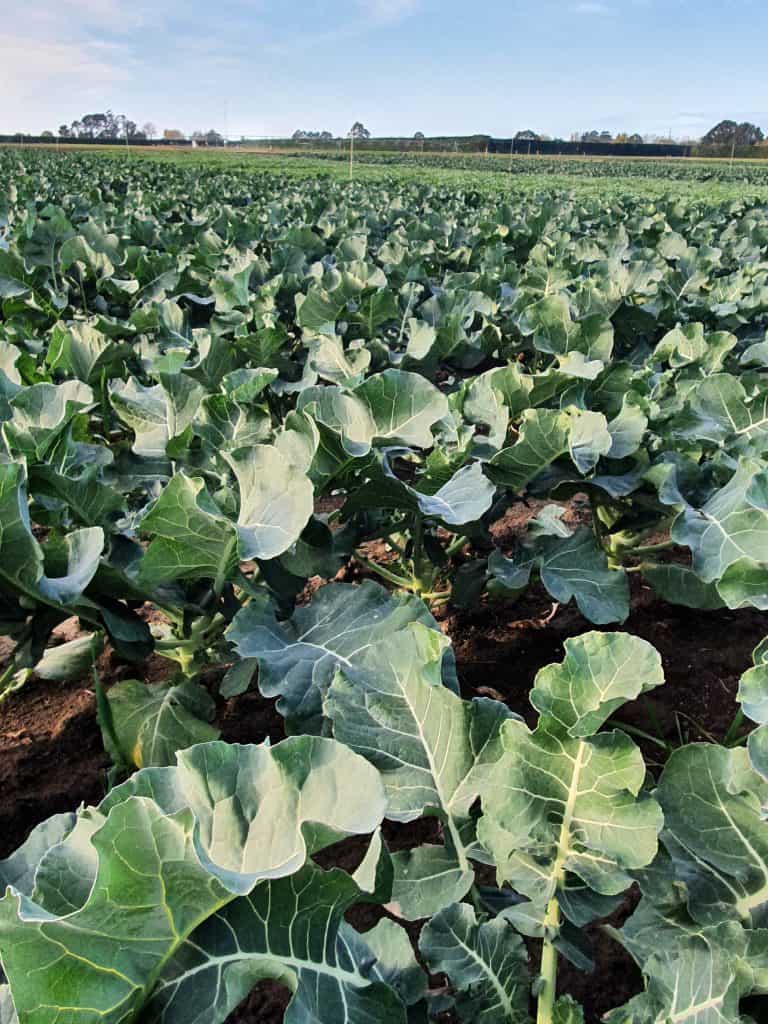
Soil moisture is also monitored on the top surface as well as at 1.5 metre depth with probes.
Progress
Workstream 1 – Controlled experimentation to quantify nitrate leaching
The PFR Literature Review has been completed and showed a scarcity of data on nitrate leaching in vegetable crops in New Zealand. The review found that much of the available data was out of date and often based on estimations of leaching rather than empirical data.
At PFR, Lincoln, Rotation 1 has completed the potato and wheat part of the rotation, and the subsequent crop of broccoli has been planted. The Rotation 2 pak choi has just finished, and data compilation is being completed. The subsequent cover crop of oats has been sown.
The initial analysis of the potato – wheat crop of Rotation 1 indicates that there was no effect of previous potato crop nitrogen (N) treatment on yield of the subsequent wheat crop. However, the uptake of nitrogen by wheat was higher in the N4 treatment, due to higher soil N at the time of sowing wheat. Soil nitrogen decreased during the growth of wheat crop, and at final harvest averaged 20 kg N/ha for treatments N1, N2 and N3, but 49 kg N/ha for treatment N4 to a depth of 90cm. Thus, it appears that wheat used the soil N available well, but leaching data is still to be completed before a final conclusion can be made.
In Hawke’s Bay, the pak choi crop of Rotation 2 has been sown, and measurements are under way. Preparations are being made for sowing onions in Rotation 1 in early spring 2021.
Workstream 2 – Regional on farm monitoring
Monitoring continues on the 9 regional farm sites. All sites have, or are just about to, complete their first crop, and are now in fallow or have recently had their 2nd crop planted. WS2 will provide individualised benchmarking reports to monitoring site growers for their feedback.
SVS continues for all 4 workstreams.
WS1 trials in Hawke’s Bay Rotation 2 will commence with onions.
WS1 trials in Lincoln include the planting of broccoli following wheat, and a cover crop of oats following pak choi. These are very intensive plantings, in order to get the most from the time available, and so therefore require careful planning to ensure compatibility of the following crops.
WS2 will complete the first round of monitor site surveys and collate the monitoring data into the database. This will be tested to ensure it meets the requirements of PFR and the subsequent modelling groups use of data from these sites.
Workstream 3 – Modelling
An agronomy and modelling workshop was held in mid-May. This is to ensure the crop physiology is being captured correctly. The SVS team appreciated input from vegetable grower Jay Clarke at this workshop.
A crop modellers workshop, is being in June. While the first modelling workshop was focussed on Overseer, the second will look at wider benefits in terms of modelling crops and nitrogen leaching.
Workstream 4 – Dissemination
A baseline survey of growers is to be conducted in June by research contractors Folkl, to understand vegetable grower knowledge on nitrogen leaching and problem recognition.
PFR will then follow up with the social science aspect of WS4 with grower focus groups, and interviews. The gathered information will help the SVS team create the best implementation and engagement for growers.
It is imperative that we are guided by growers to improve the tools they have to manage nitrogen in their farm systems.
We encourage all vegetable growers who are contacted and asked to participate in the SVS survey, focus groups or interviews to please do so, knowing you are helping secure a sustainable future for your industry.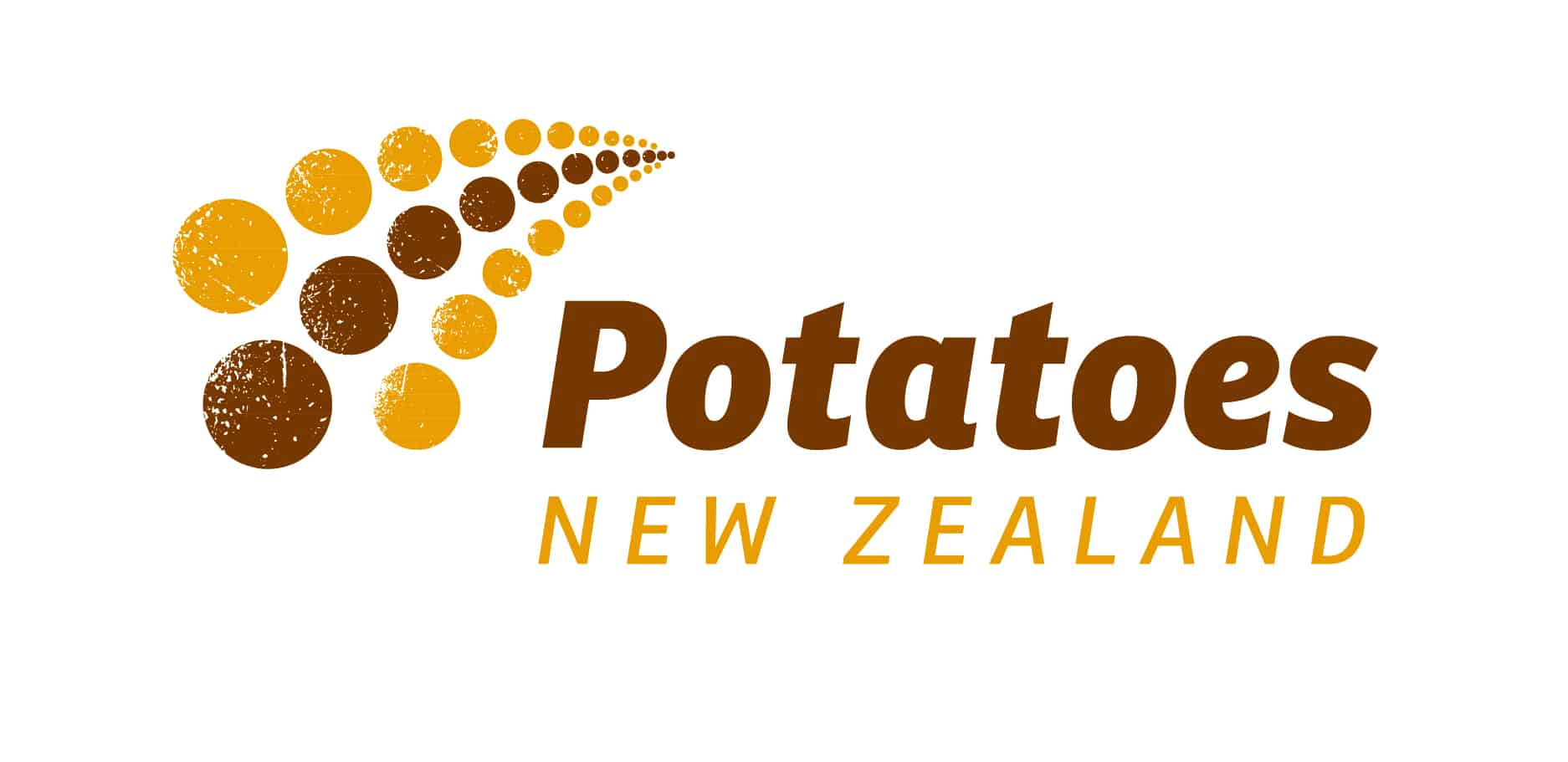
![]()
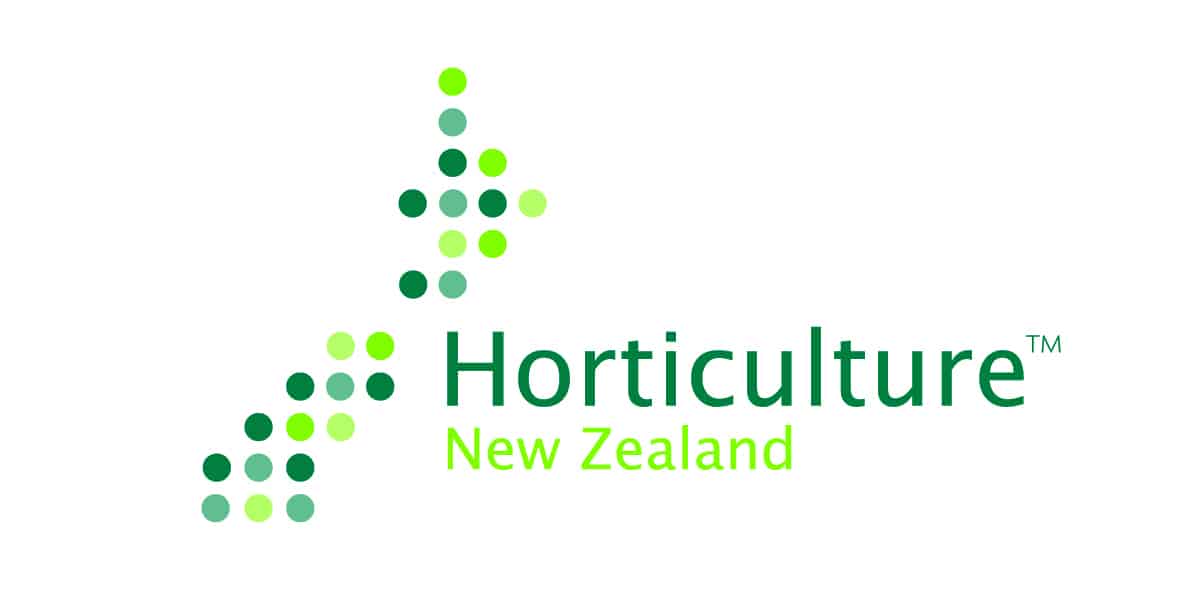
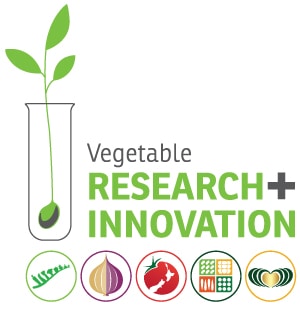

The SVS project team would like to acknowledge all the researchers and growers who contribute to this ongoing industry transformation work, as well as funders; The Ministry for Primary Industries; Potatoes New Zealand; Vegetable Innovation & Research; and Horticulture New Zealand.



